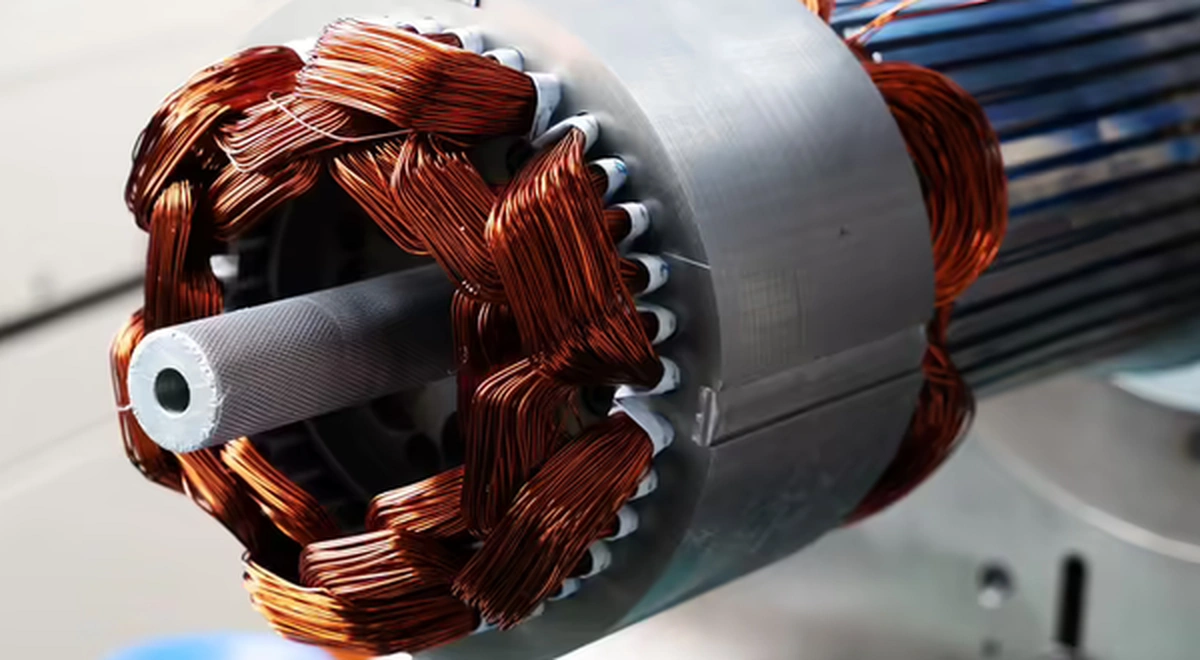
Does my house have AC or DC power?
Considering historical factors and practical application requirements such as power transmission, AC is the primary source of electricity in residential areas.
Electricity is a fundamental aspect of our daily lives, powering our homes, appliances, and devices. However, when it comes to the topic of household power supply, some people may not know what type of electricity is supplied to their homes. In this article, we will explore whether residential houses typically have AC (alternating current) or DC (direct current) power. Understanding the type of power in your house is not only informative but also helps you make informed decisions regarding electrical equipment and safety measures.

Introduction to AC and DC Power
Before delving into the specific situation of residential power supply, it is necessary to first understand alternating current (AC) and direct current (DC) and their respective characteristics.
Alternating Current (AC)
AC power is the most common type of electrical power used in homes and commercial buildings. It is characterized by the flow of electric charge that periodically changes direction. The voltage of AC power alternates in a sinusoidal waveform, typically at a frequency of 50 or 60 hertz (Hz). It is the most common form of electrical power used in residential, commercial, and industrial applications worldwide. AC power is preferred for long-distance transmission due to its ability to be easily stepped up or down in voltage using transformers.
Direct Current (DC)
DC power flows consistently in one direction, maintaining a constant polarity. The voltage of DC power remains steady over time and does not change direction or frequency. While less common in household applications, DC power is prevalent in electronics, battery-powered devices, and certain specialized applications such as solar photovoltaic systems and electric vehicles.
II. The Power Supply System for Residential Houses
In most countries, residential houses are primarily supplied with AC power. Let's delve into the reasons why AC power is the preferred choice for residential applications:
Historical Reasons
The adoption of AC power in residential houses can be attributed to historical developments in the electrical power industry. During the late 19th and early 20th centuries, AC power systems gained prominence due to their advantages in long-distance transmission and efficient power distribution.
Efficient Power Transmission
AC power facilitates efficient long-distance transmission, allowing electricity generated at power plants to be transmitted over vast distances before reaching individual homes. This is achieved through the use of transformers, which can step up or step down the voltage as needed, minimizing power losses during transmission.
Compatibility with Appliances and Devices
AC power is compatible with a wide range of appliances and devices commonly used in residential settings. Most household appliances and electronic devices, such as refrigerators, televisions, computers, and lighting fixtures, are designed to operate on AC power.
Safety Considerations
AC power offers certain safety advantages. The periodic reversal of voltage in AC power reduces the risk of electric shock by allowing the use of safety devices, such as circuit breakers and ground fault circuit interrupters (GFCIs), to protect against electrical faults and short circuits.
III. DC Power in Residential Houses
While the primary power supply in residential houses is AC, it is worth noting that certain devices and systems within the house may operate on DC power. Many electronic devices, such as smartphones, tablets, laptops, and battery chargers, utilize DC power. However, these devices typically have AC-to-DC power adapters that convert the AC power from the wall outlet into the required DC voltage for device operation.
Conclusion
In conclusion, the vast majority of residential homes are powered by alternating current (AC) electricity, owing to its widespread availability, compatibility with household appliances, and efficient distribution infrastructure. While instances of direct current (DC) power usage exist, particularly in renewable energy systems and specialized applications, AC power remains the dominant form of electrical power in residential settings.



Leave a Comment